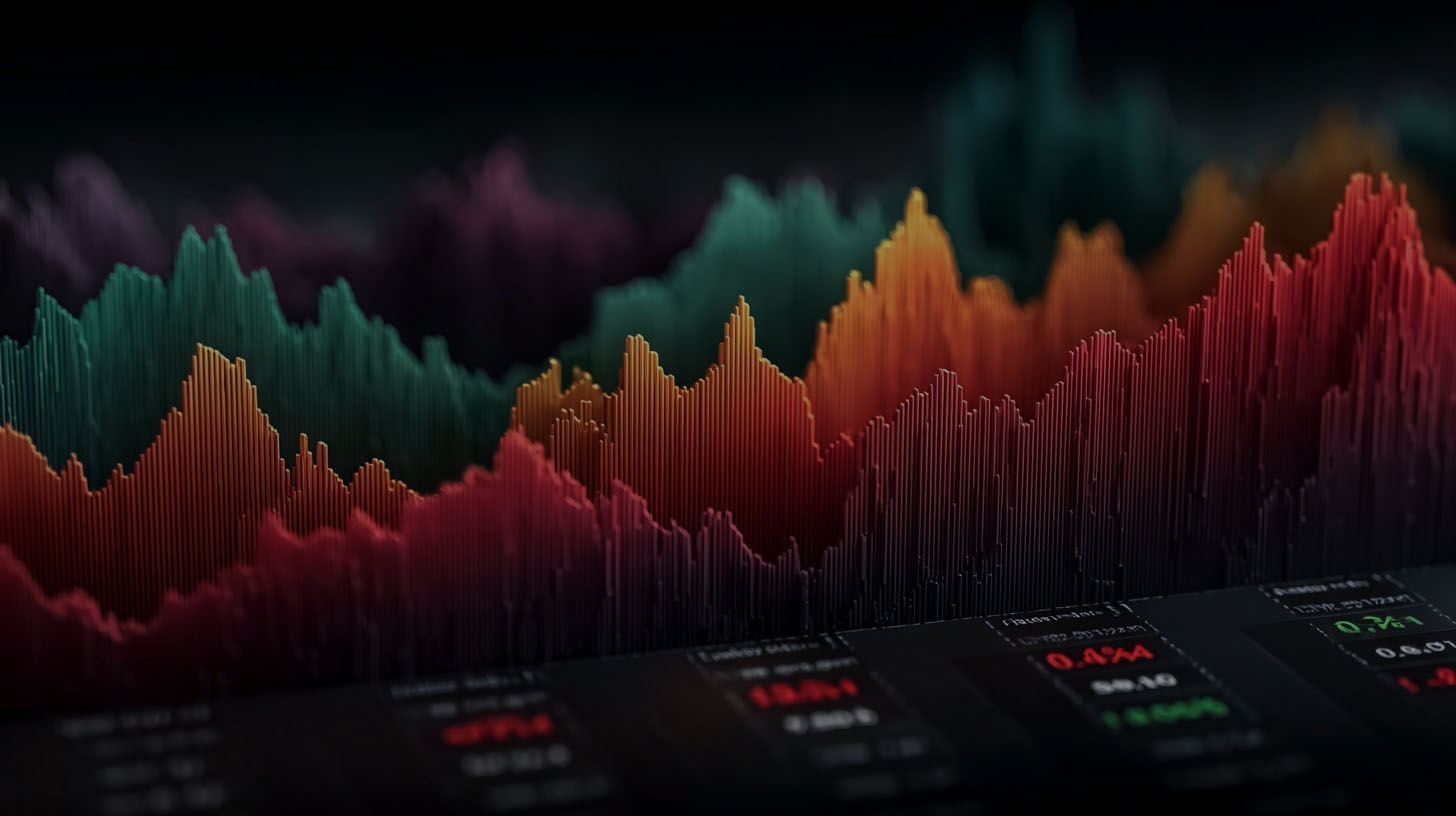Investors navigate a complex landscape as U.S. shutdown delays data, energy prices tumble, and derivatives trading hits new highs, while M&A and sector rotations reshape the financial outlook.
At a glance – Global equity markets opened Thursday with cautious optimism, as the S&P 500 index posted a new record high above 6,700, the Dow Jones Industrial Average edged up to 46,441, and the Nasdaq Composite advanced to 22,755. Despite the ongoing U.S. government shutdown, volatility receded, with the Cboe Volatility Index dropping over 2%. Investors are closely watching the standoff in Washington, as the Senate remains out of session for Yom Kippur, delaying critical economic data releases such as the nonfarm payrolls report. Treasury yields held steady at 4.11%, and the U.S. Dollar Index slipped marginally. Notably, the health care sector led gains with a 3% surge, outpacing all other sectors, while chip stocks rallied on news of potential new customer deals. Meanwhile, financial stocks, particularly large banks, lagged as falling yields pressured profit margins. The market’s resilience amid uncertainty underscores a shift in investor positioning toward defensive sectors and dividend-yielding equities.
Technology advance – Intel shares soared 7% after reports surfaced that the company is in early talks to add Advanced Micro Devices (AMD) as a foundry customer, a move that could significantly bolster Intel’s domestic chip manufacturing ambitions. This potential partnership would mark a strategic pivot for Intel, aiming to capture a larger share of the U.S. semiconductor supply chain and reduce reliance on overseas production. The news sparked renewed interest in the broader chip sector, with information technology stocks outperforming most other S&P 500 sectors. In parallel, Fair Isaac (FICO) unveiled a new system granting mortgage lenders direct access to FICO scores, triggering a sharp rally in its shares and a corresponding decline in competitors Transunion and Equifax. These developments highlight the ongoing transformation in both hardware and fintech, as companies race to secure technological leadership and market share in rapidly evolving industries.
Partnerships – Berkshire Hathaway announced its largest deal since 2022, agreeing to acquire Occidental Petroleum’s petrochemical division, OxyChem, for $9.7 billion. This acquisition signals Berkshire’s continued confidence in the industrial and chemicals sector, even as energy markets experience heightened volatility. Occidental shares rose 1.3% in pre-market trading on the news, while Berkshire’s stock was fractionally lower. The deal is expected to strengthen Berkshire’s portfolio with a stable, cash-generating asset, and reflects a broader trend of strategic realignment among major conglomerates seeking resilient revenue streams amid shifting commodity cycles. The transaction also underscores the ongoing importance of M&A activity as a lever for growth and diversification in a challenging macroeconomic environment.
Acquisitions/expansions – CME Group reported its second-highest quarterly and September average daily volume (ADV) on record, with notable surges in cryptocurrency, metals, and interest rate derivatives. Cryptocurrency ADV reached a record 340,000 contracts, equivalent to $14.1 billion notional, while micro gold futures ADV soared 125% year-over-year to 255,000 contracts. Internationally, CME’s EMEA ADV hit 5.4 million contracts, and APAC ADV reached 1.7 million. The exchange also saw a 21% increase in U.S. Treasury options ADV and a 31% jump in BrokerTec U.S. Repo average daily notional value, reflecting heightened demand for risk management tools amid global market uncertainty. These figures underscore the growing importance of derivatives trading as investors seek to hedge volatility and capitalize on sector-specific trends, particularly in digital assets and precious metals.
Regulatory/policy – The Federal Reserve Bank of New York’s Open Market Trading Desk conducted a small value repurchase agreement (repo) exercise, signaling ongoing efforts to manage liquidity in the financial system during the government shutdown. The Desk’s operations are designed to ensure the smooth functioning of short-term funding markets, which are critical for maintaining stability in the broader financial sector. The timing of this exercise, coinciding with delayed economic data releases, highlights the Fed’s proactive approach to mitigating potential disruptions. Market participants are closely monitoring these interventions, as any sustained liquidity stress could influence the central bank’s policy stance at its upcoming October meeting, especially in the absence of key inflation and employment data.
Finance/business – Crude oil prices retreated to multi-month lows, with Brent settling around $65–$66 per barrel and U.S. West Texas Intermediate (WTI) between $61–$62 per barrel. The decline is attributed to a surge in global supply and signs of moderating demand, shifting the energy market from a period of tightness to potential oversupply. This dynamic is expected to provide relief to consumers but poses challenges for high-cost producers and could dampen profitability across the sector. The market’s focus now turns to how major oil producers will respond to the bearish sentiment and what implications this will have for ongoing energy transition efforts. The retreat in oil prices is also likely to influence inflation expectations and, by extension, central bank policy decisions in the coming months.
Sources: Charles Schwab, markets.financialcontent, CME Group, New York Fed, IMF, James Sharp & Co.









